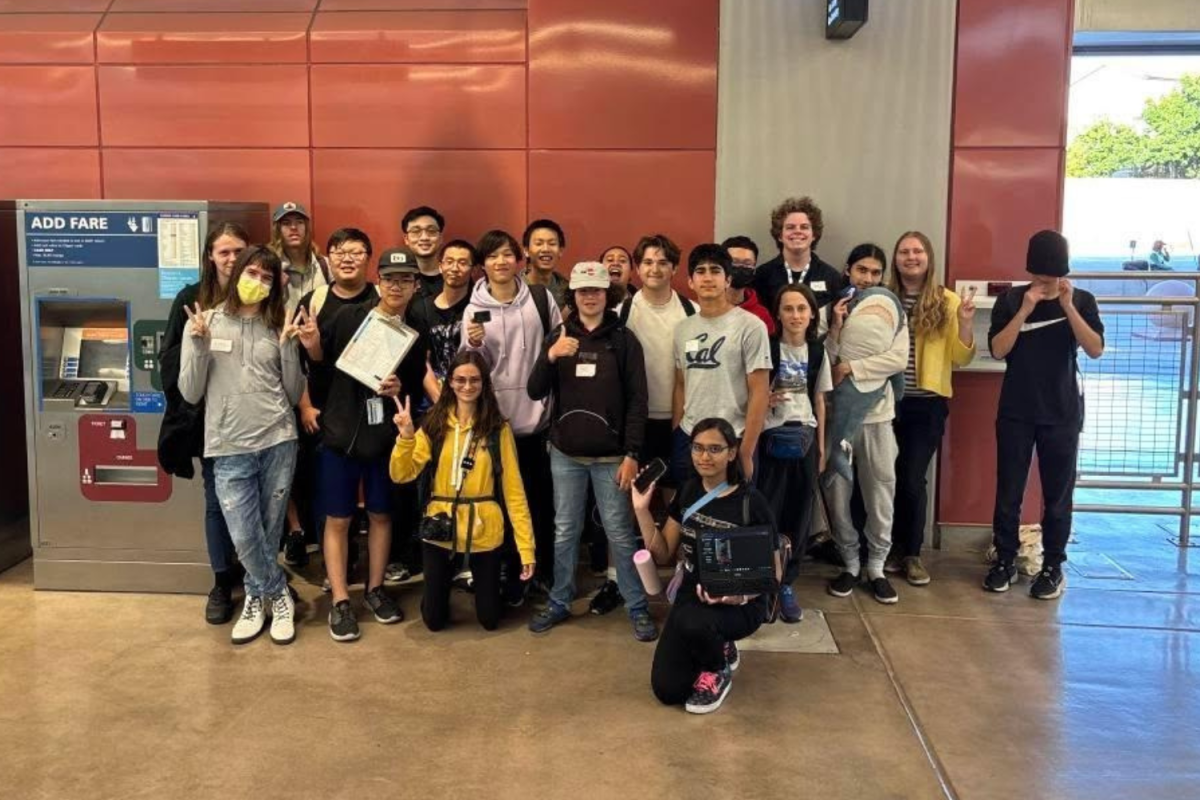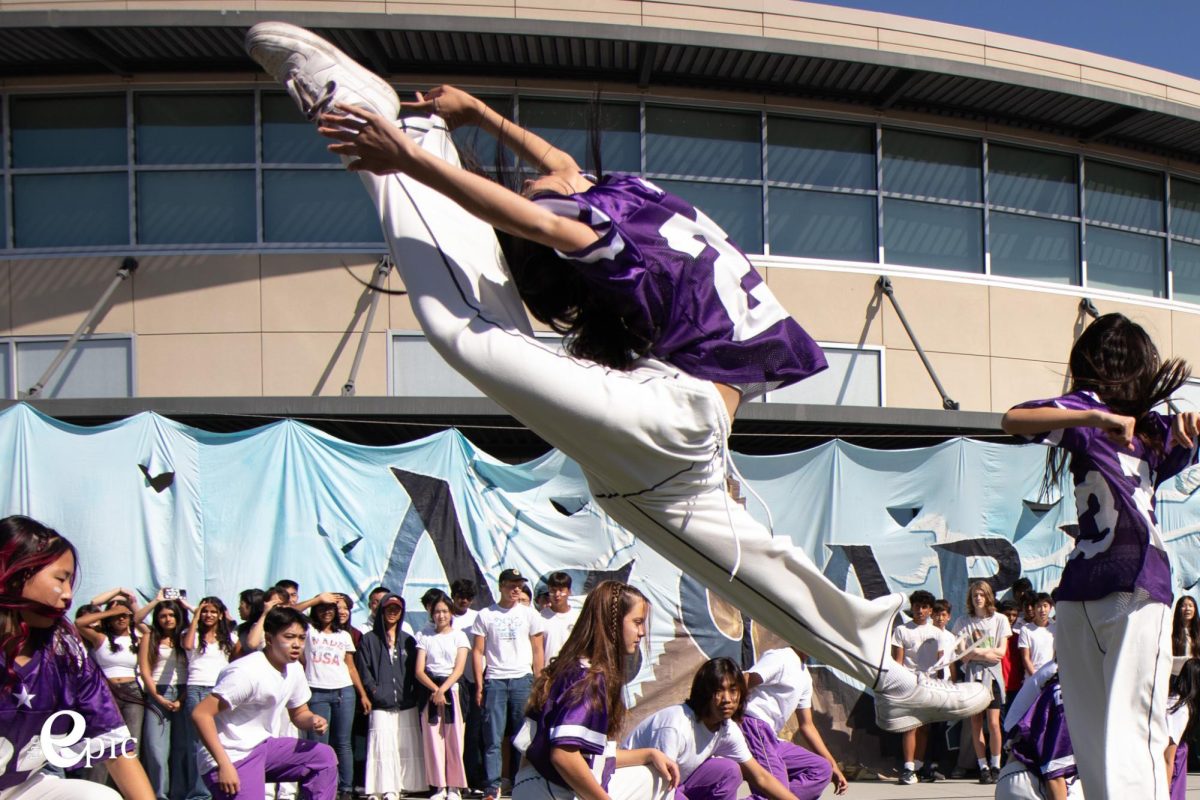Financial inequality for student athletes
Graphic illustration by Catherine Zhou
Athletes from lower socioeconomic groups often cannot afford to participate in clubs sports and are significantly disadvantaged in the college sports recruitment process.
April 5, 2022
With varsity sports becoming increasingly competitive, more student athletes are inclined to join sports clubs outside of school to gain an advantage in making their school’s varsity teams. However, as club costs are rapidly increasing, those from lower socioeconomic groups often cannot afford to participate and, in turn, are significantly disadvantaged in the college sports recruitment process.
Having played club sports throughout high school is now almost necessary for making a varsity sports team. Although schools do not make it a requirement, almost all students trying out have taken classes or practiced outside of school to gain a competitive advantage.
“Training outside of school definitely factors into players making the varsity team because players are able to develop fundamental skills and competitive experience,” freshman and varsity tennis player Yvonne Wu said. “Clubs are a great way to prepare players for the matches they will play at school.”
In addition to club sports benefiting players in making their varsity teams, it also advantages players in the recruitment process. Club sports typically have trainers who are more experienced with the college recruitment process compared to public high school coaches. Club coaches guide players through the process by helping them plan and schedule tournaments, create sport portfolios and contact college coaches, which puts players who aren’t able to afford club sports at a disadvantage.
“School coaches don’t help us with the college recruitment process,” Wu said. “Coaches outside of school have more experience sending their players to colleges, and they help us build video portfolios by giving us advice on what playing clips we should include.”
One season of a club sport that usually lasts six months to a year can cost anywhere from $2,000 to $30,000. Teams that are more serious and competitive are often more expensive since they offer more practices per week, conditioning sessions and tournaments. These costs increase simply because practices and conditioning sessions are done in gyms, where they often charge by the amount of days rented.
Aside from the expensive costs of competing in team sports, non-team sports such as tennis and golf generally cost even more. Having a private coach is essential for athletes who play an individual sport competitively. They help players strategize for matches and create lessons and drills that are specifically catered to each player’s needs. One private lesson can cost around $70 to $100, but players commonly pay much more when they take classes from more skilled and well-known coaches.
“I take a private class every week and go to clinics about four times a week on weekdays,” Wu said. “On weekends, my schedule is usually always booked up with tournaments.”
Similarly, costs for playing at tournaments accumulates. Teams pay the fee to the organization that hosts the tournament, in addition to entry fees for parents, commutes and hotels. Attending tournaments allows for more exposure to college recruiters and helps athletes gain more experience playing in an actual game — they get to learn skills that cannot be developed when practicing on their own. For an athlete, playing time on a team is extremely valuable as they will be able to gain vital skills including understanding the importance of mental stability, team dynamics and stamina.
“Both private schools and showcase tournaments are very expensive, but without being at either of those things, it’s practically impossible to get any sort of recognition from college recruiters,” sophomore and varsity basketball player Maggie Lam said. “People who are financially disadvantaged have to work much harder to make their name known compared to others who have connections.”
Adding on to the base cost that is charged for a club, traveling to various tournaments across the country builds onto the price because most clubs do not cover travel costs, resulting in athletes having to pay for these expenses themselves. Traveling is key throughout the college recruitment process, for many major tournaments that recruiters attend are all across the country. Not traveling out of state for tournaments significantly decreases an athlete’s chance of being spotted by college recruiters.
“Out of state tournaments cost $600 for one trip for one person,” Lam said. “Traveling is a big part of basketball because you need to go to NCAA-certified showcase tournaments.”
Although many athletes have aspirations of recruitment, financially disadvantaged athletes do not have the same connections as more privileged ones. Financially disadvantaged players often rely on athletics as a means of college admittance, but fewer resources throughout the recruitment process translates to a lower likelihood of recruitment for them.

































































